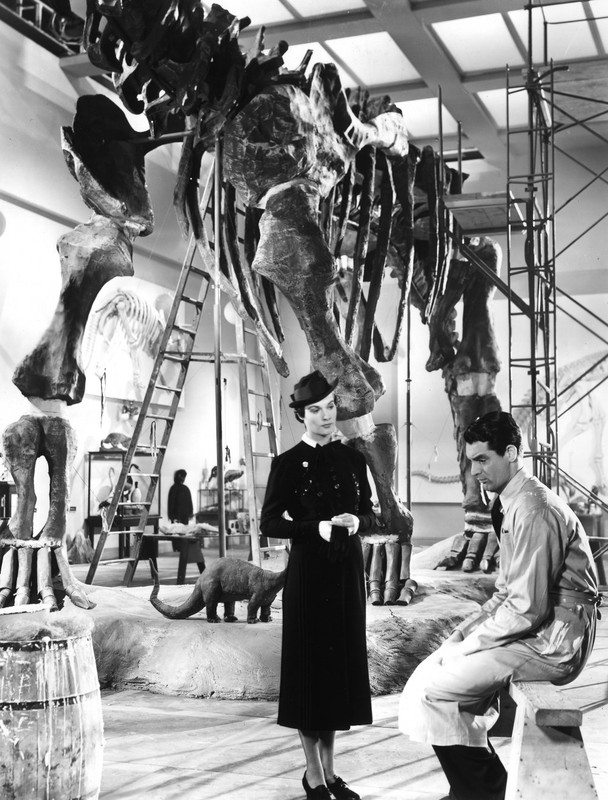Tate Liverpool
Laura Cumming
The Observer, Sunday 23 May 2010
A cat and a lobster have taken each other by surprise. They are eye to eye, claws to the fore. The crustacean lunges, pincers aloft. The cat hisses and bristles. This potentially tasty item of seafood is not dead after all, but snapping back, a match for the cat. The dinner tables have turned.
Picasso accepted the Lenin peace prize in 1962; he was an unwavering communist. You might then ask which critter represents which side of the crisis? The idea that this comic stand-off approximates to that most horrifying of cold war confrontations only stands up if one imagines that Picasso found the situation somehow touched by farce. He made the picture three years after the event, in a long sequence of lobster scenarios. There is more visual evidence that he had been looking at Chardin's masterpiece, The Ray, in which a cat is confronted by another goggling sea beast, than that he was replaying Florida versus Havana.
But paintings present their own evidence. Look at this one – then you decide.
This is precisely what Picasso: Peace and Freedom aims to prevent in its dogmatic way. It is very sure how you are to understand the artist. Every text reads like a directive; every work is interpreted with clodhopping literalism; all are construed as political messages. This is not Picasso as the most protean and inexhaustible genius of 20th-century painting: this is Picasso as singleminded propagandist.
About the politics, so much is known that it seems fanciful to claim, as the catalogue does, that the relevance of Picasso's communism to his art is little considered. It is certainly true that the works made in the decade or so after the end of the last war – his most politically active years – are not often shown together and anyone visiting Tate Liverpool will understand why.
Picasso joined the Communist party in 1944 and remained a member right up to his death in 1973. Stalin may have despised modern art just as much as Hitler, but the communists had been enemies of the fascists and many of his friends were members of the French Communist party. At the height of his involvement, Picasso was debriefed by top party apparatchiks, toured Europe from Warsaw to Sheffield to promote the international peace movement (perceived as a communist front in America), gave large donations to many communist causes, indeed could almost be said to have bankrolled the French party. He churned out emblems, posters and portraits for communist publications on demand. His dove became (and arguably remains) the ubiquitous symbol of peace.
Picasso gave the communists far more than money. The show includes a lot of promotional ephemera – the miner's lamp, the Spanish republican wife in her headscarf, the Polish wife in her rustic shawl. Picasso goes to live among potters and produces simple ceramics; he designs cheap posters (snapped up by collectors as precious prints). He is a communist figurehead, the artist of the people.
When Stalin dies in 1953, he immediately draws a commemorative portrait for the communist paper Les Lettres françaises. It looks very simple today – Stalin the young Georgian, firm and direct – but to the party it was disgracefully unheroic. Picasso was everywhere attacked and you might think such hostility would have given him pause for thought. But he looks away, refuses to notice.
Even during the Soviet invasion of Hungary in 1956, he would not condemn the aggression, despite an open appeal from the great Polish writer Czeslaw Milosz, and despite the pleas of a group of former students "to do for Budapest what you have done for Guernica: Help us!". It may be instructive to note that at exactly the same time, Picasso's 75th birthday was being celebrated with large shows in Moscow and Leningrad.
What to make of this long-term membership? For the curators, it proves how politically engaged Picasso was, but it might just as well demonstrate inertia. One of his lovers, Françoise Gilot, said that in Russia they hated Picasso's work but liked his politics, whereas in America it was the reverse. Looking at this show it seems clear that he could tailor his art to fit both.
This exhibition is itself an extended compromise. It finds politics in pictures where none is apparent – still lifes of crockery, jubilant cockerels. Any reference to a dove or a shield and the work gets in. On the other hand, what the curators don't appear to notice is Picasso's sheer force of virtuosity, his ceaseless experimentation, his astonishing originality. And all of this is to do with picture-making, not politics.
But it feels like luck that these works are here. The justification is that death and destruction are so present in the 1940s still lifes that the content must be political. But the tone is more often of joie de vivre. Still, the claims made for these paintings are small by comparison with the final rooms, where the curators attempt to persuade you that
I don't say that Picasso never created great political art. On the contrary, one only has to cite Guernica itself, and the drawings in The Dream and Lie of Franco, reminiscent of Alfred Jarry, depicting the general as an absurdly aggressive vegetable. But alas for visitors to Tate Liverpool, the former cannot be moved and the latter don't fit with the curators' historical remit.
For in the end, Picasso: The Communist Years 1944-73, as the show might more accurately be titled, appears more interested in biography than art. Picasso the peacenik, propagandist, image-maker, figurehead: it is easy to find political passion in the life. As for the art, the great works in this show are not political and the political works are not great. Politics turns out to be the least interesting aspect of Picasso's art.
http://www.guardian.co.uk/artanddesign/2010/may/23/picasso-peace-freedom-tate-liverpool
http://www.tate.org.uk/liverpool/exhibitions/Picasso/default.shtm









No comments:
Post a Comment